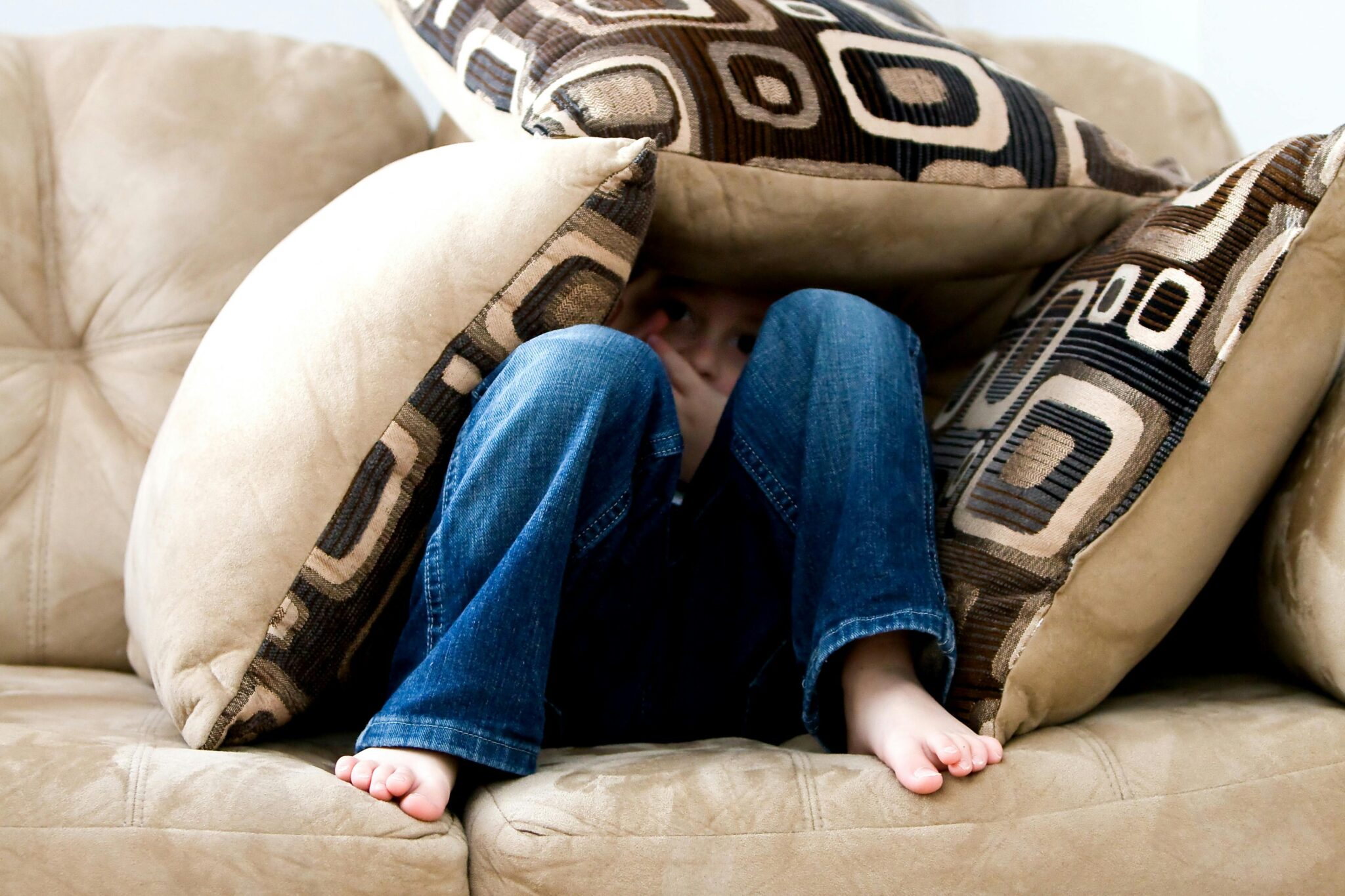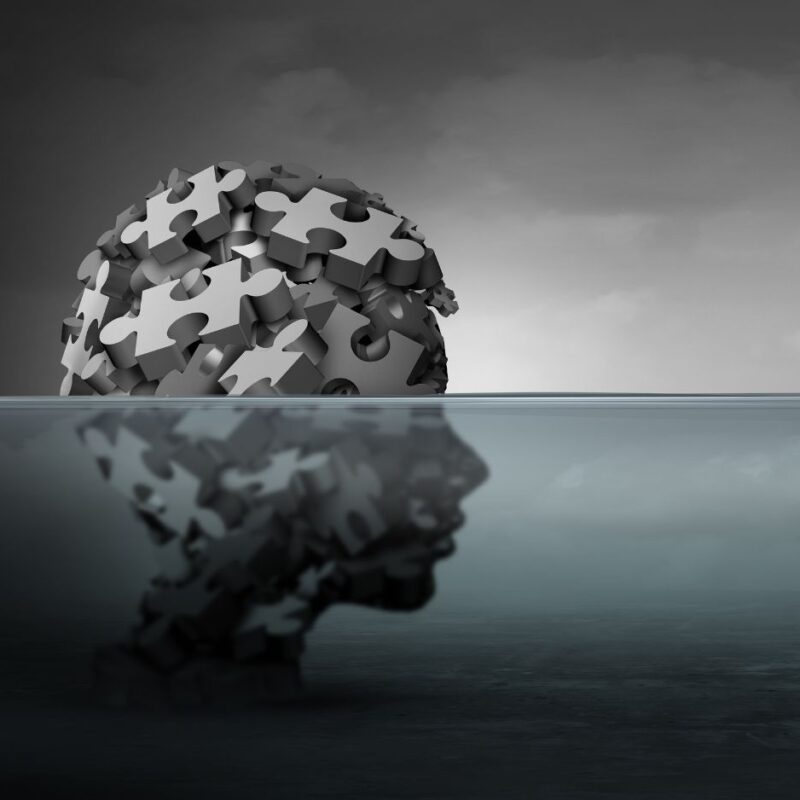Common symptoms of anxiety
Anxiety manifests through a wide range of physical, emotional, and cognitive symptoms. Understanding these symptoms is crucial for identifying and addressing anxiety effectively.
Physical symptoms:
- Rapid heartbeat
- Sweating
- Trembling or shaking
- Shortness of breath
- Muscle tension
- Fatigue
- Nausea or stomach discomfort
Emotional and cognitive symptoms:
- Excessive worry or fear
- Restlessness or feeling on edge
- Difficulty concentrating
- Irritability
- Sleep disturbances
- Feeling of impending doom
- Avoidance of anxiety-triggering situations
C. Differentiating between normal worry and anxiety disorders
It’s important to distinguish between normal, adaptive worry and anxiety disorders. The following table outlines key differences:
| Normal Worry | Anxiety Disorder |
|---|---|
| Proportionate to the situation | Disproportionate or excessive |
| Manageable and time-limited | Persistent and difficult to control |
| Doesn’t significantly impact daily life | Interferes with daily functioning |
| Resolves when the stressor is addressed | Continues even in the absence of clear threats |
| Helps in problem-solving | Often hinders effective problem-solving |
D. Types of anxiety disorders
Anxiety disorders encompass a range of conditions, each with its own unique characteristics:
- Generalized Anxiety Disorder (GAD): Characterized by persistent and excessive worry about various aspects of life.
- Panic Disorder: Involves recurrent, unexpected panic attacks and fear of future attacks.
- Social Anxiety Disorder: Intense fear of social situations and being judged by others.
- Specific Phobias: Irrational fear of specific objects or situations (e.g., heights, spiders).
- Agoraphobia: Fear of places or situations where escape might be difficult.
- Separation Anxiety Disorder: Excessive fear of being separated from attachment figures.
- Obsessive-Compulsive Disorder (OCD): Recurring, intrusive thoughts (obsessions) and repetitive behaviors (compulsions).
Understanding these different types of anxiety disorders is crucial for accurate diagnosis and effective treatment. Each type requires a tailored approach to management and intervention.
Now that we have a comprehensive understanding of anxiety, its symptoms, and various forms, we can explore the underlying causes that contribute to its development.




